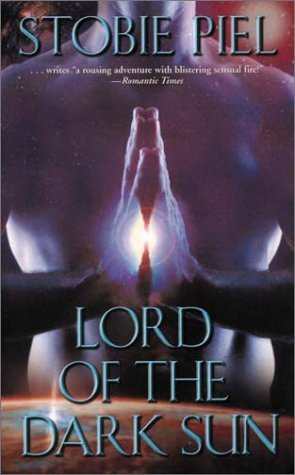Studies from Textbook: From Codex To Hypertext, Reading at the Turn of the Twenty-First Century
- Sep 10, 2013
- 3 min read
Updated: Jul 18, 2020

STUDIES FROM TEXTBOOK:
FROM CODEX TO HYPERTEXT, READING AT THE TURN OF THE TWENTY-FIRST CENTURY
Edited by Anouk Lang

Introduction, Transforming Reading
By Anouk Lang
The introduction of a book is important because it sets readers up for what lies ahead. After reading Lang’s, including Lang writes this introduction which provides an overview of what is going on in the world of books due to technology and affected areas such as education, scholars, readers, and with publishers. Lang admits the Internet has “transformed reading more extensively than any other technology since the printing press” (4).
Although some people worry technology will bring about a decline in reading, Wendy Griswold (Regionalism & the Reading Class (Chicago: University of Chicago Press, 2008) believes it won’t because of the past. She reminds us that “technological change and practices of reading have been closely connected throughout history. When windows became more affordable for the middle classes in the eighteenth century, there was an upsurge in reading; when the development of the railways in the nineteenth century offered travelers by periods of time to fill, the same effect occurred” (5). In addition, the radio in the 1920’s and 1930’s, the television in the 1950’s, video recorders in the 1980’s, and video games in the 1990’s didn’t destroy books or readership (5). In fact, a ”study by the National Endowment for the Arts found Internet” found “Internet users spent the same amount of time reading as individuals who did not use computers at all” (5).
As the essay progresses, Lang shows the Internet engages readers more so. They become reviewers, made inquiries, and student. There are challenges and questions. Lang explains his book connect to core questions and as “a whole, aims to explore changing nations of literary value. The essays offer a multidimensional picture of reading at a moment of transition,” and in turn “offer ways to improve our understanding of those that will follow” (21).
Introductions are a preparation for readers and provide insight to what they’re about to venture into. They provide expectation. Introductions provide a window to the author as well. So, they’re insight to how a book will tell content. Lang’s introduction shows his attempt to stay factual and matter-of-fact about technologies impact on specific areas, but his opinion shows none-the-less. His purpose is to show the improvements and positives. Those who would benefit most from reading From Codex to Hypertext are those worried technology, especially the Internet, will harm students, readership, scholars, and publishing. His factual evidence and logic will ease their brow. Lang’s book is important because the change brought about are not only enormous but have and are occurring quickly. A recommended read.

Chapter #8
Genre in the Market Place, The Scene of Bookselling in Canada
By Julie Rak
Rak’s piece is about “the heart of the transaction between potential readers and booksellers” having “an understanding of genre as a form of social production that organizes knowledge in the bookstore and determines how books make their way” to readers (159). Rak studies how organization of genre matters according to region, to locales. Her study took her to various bookstores in Canada where she analyzed their individual systems. Some were independent sellers and one a big chain seller. The independent organized their genres according to the local populace’s taste, interests, and social action, whereas the big chain according to a generic system. She breaks her study down according to bookstore and location, shares their system, and her findings.
The project is funded by a Standard Research Grant from Social Sciences and Humanities Research Council, and by a Killam Operating Grant (University of Alberta).
Rak’s strategy is sound and organized itself. There is a solid feel to it which seems to allow readers to quickly grasp her method, interestingly, similar to her topic. When readers understand the system, they enjoy the reading, will continue pursuing the piece and return for more. Her system breaks down like this, some with sub-headings: Introduction; Why Genre Matters; Genre as Social Action (Bookstore); Bookmark 11 – Halifax, Nova Scotia (independent); The Toronto Women’s Bookstore, Toronto Ontario (independent); Chapters Indigo, Whyte Avenue, Edmonton, Alberta (big-box store); conclusion.
The way Rak conducts her study is to visit each store in person, examine their genre system, and interview the managers. She is structured, ordered, and scientific. Her method is in the realm of structuralism.
If readers like proof from an author making a claim, they will enjoy Rak’s chapter, along with quick assessment that propels them to the end fast.



Comments